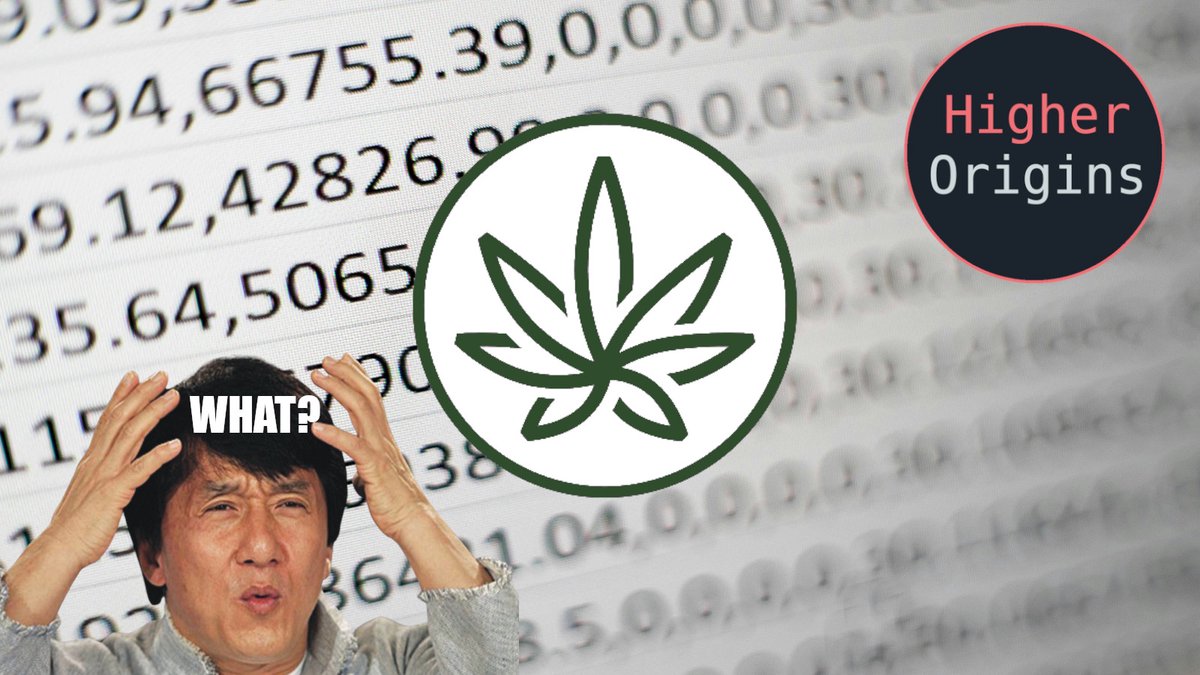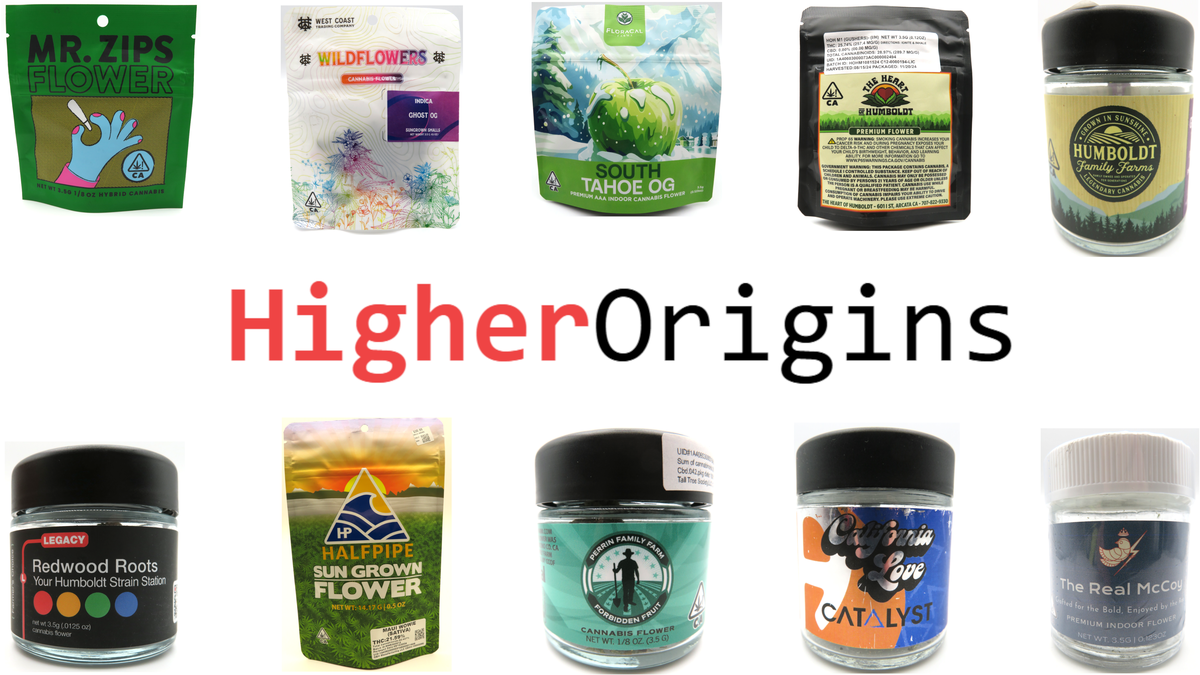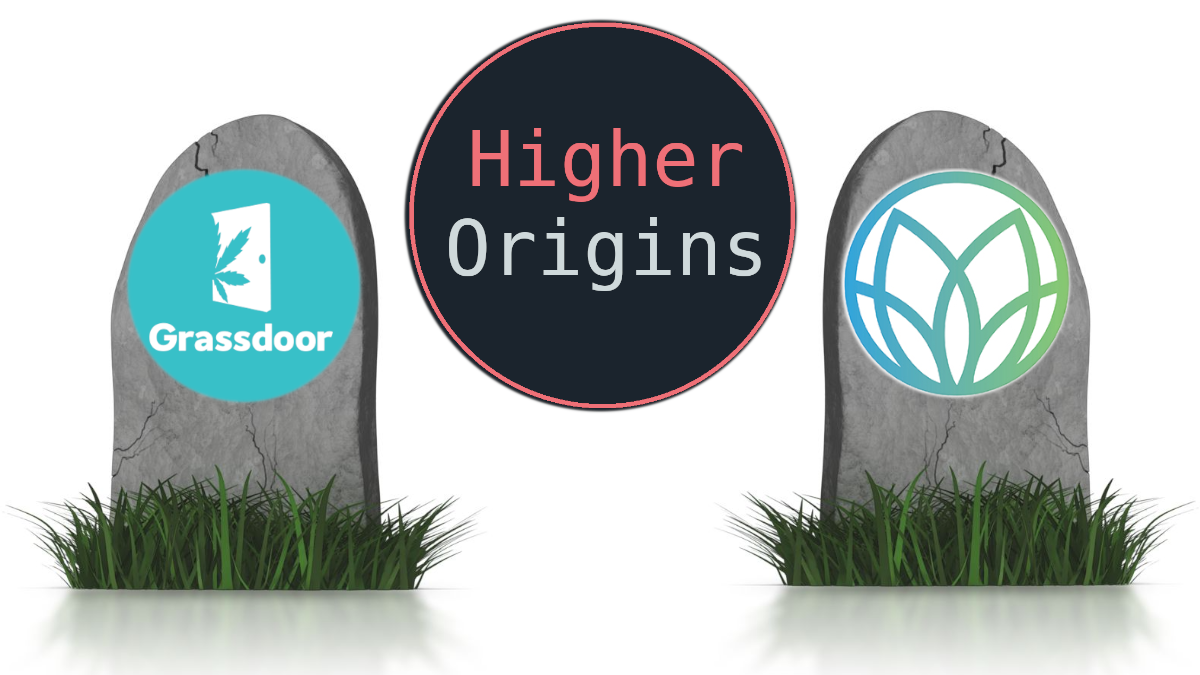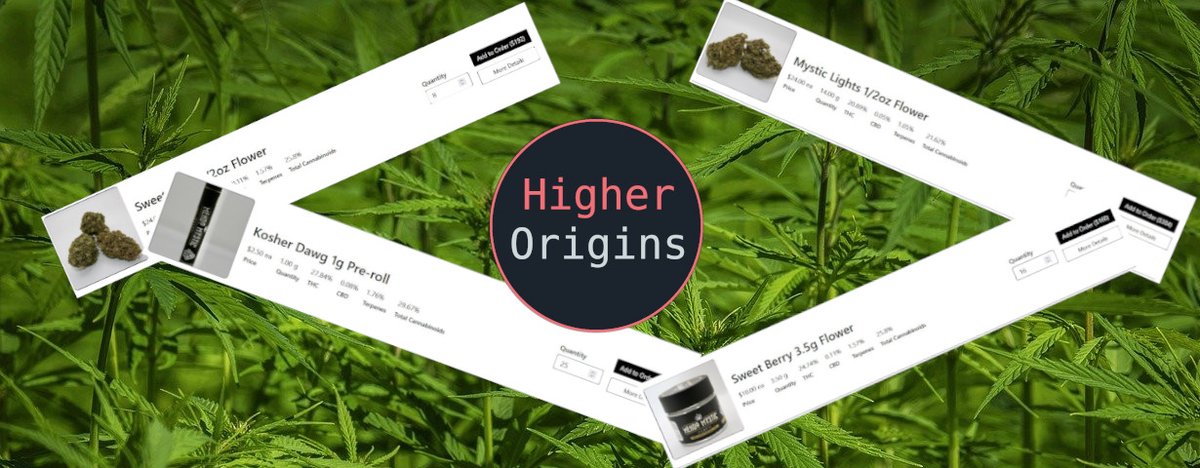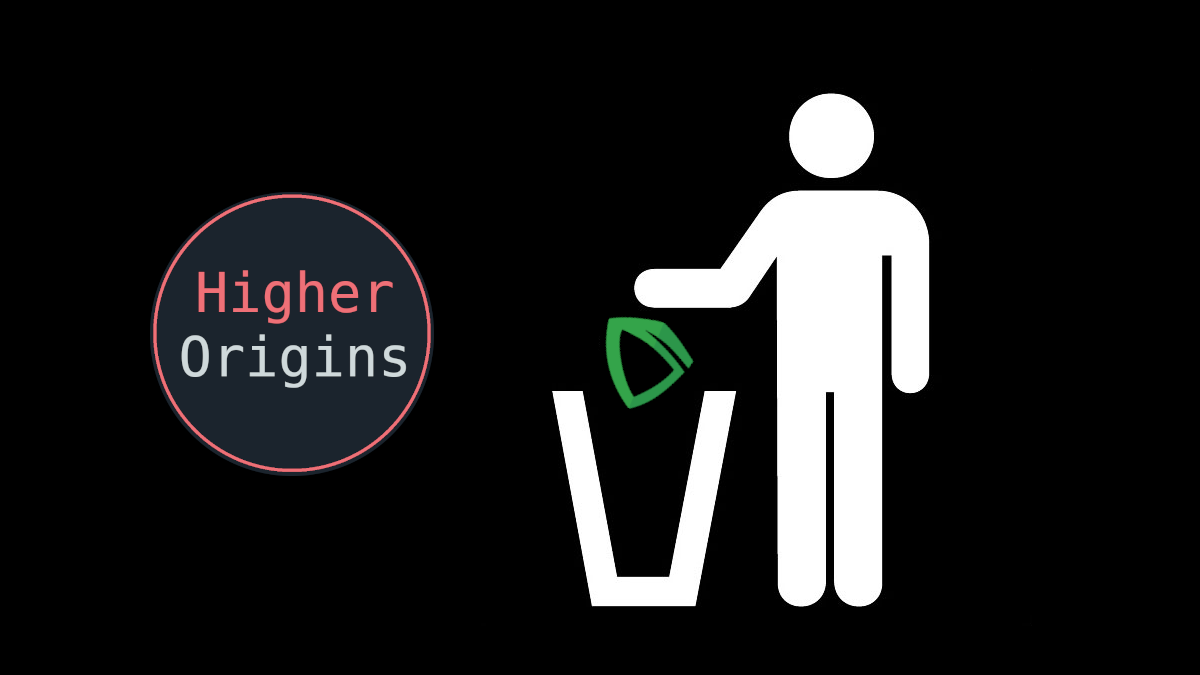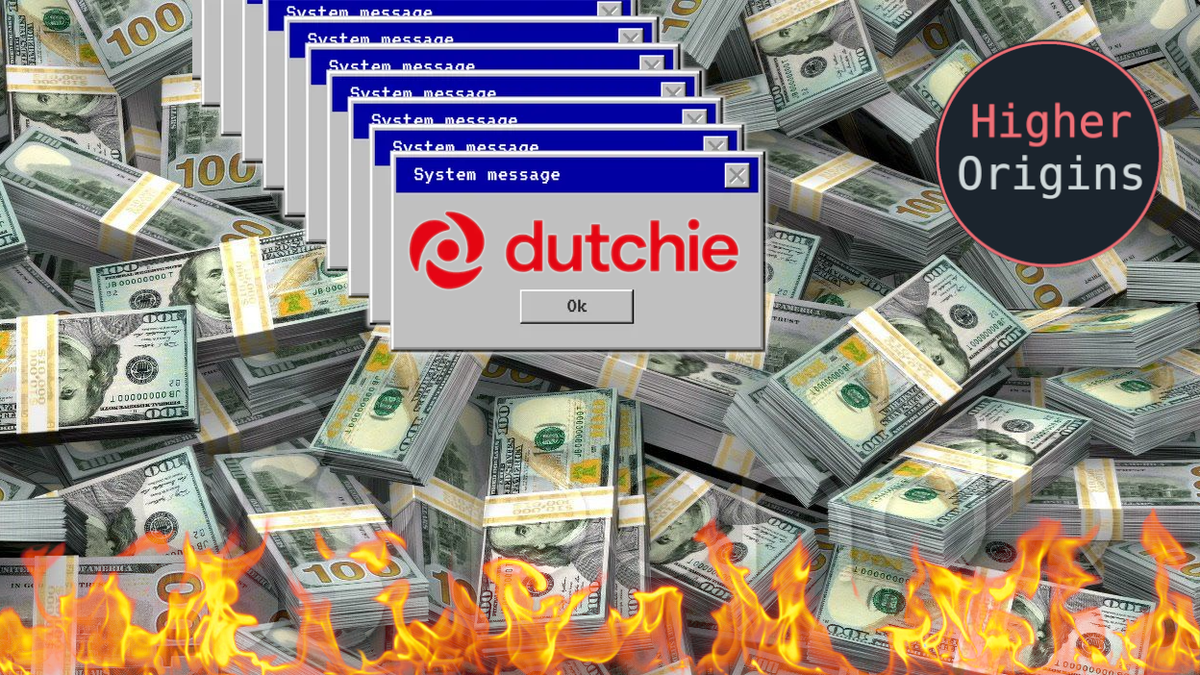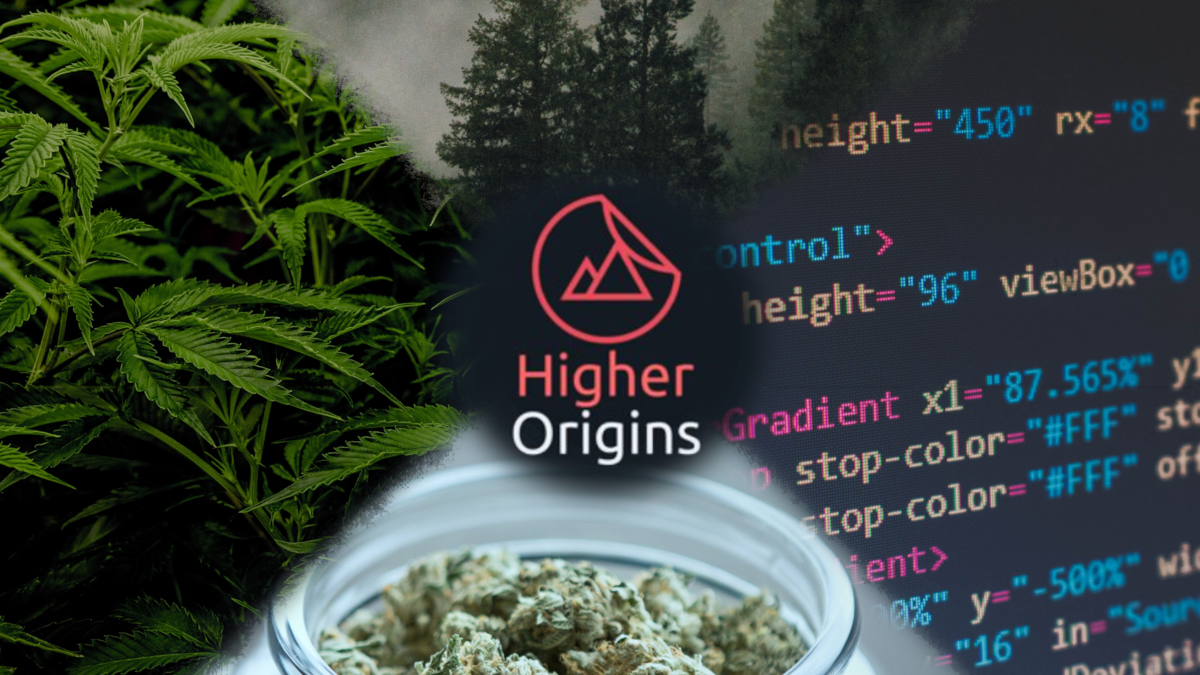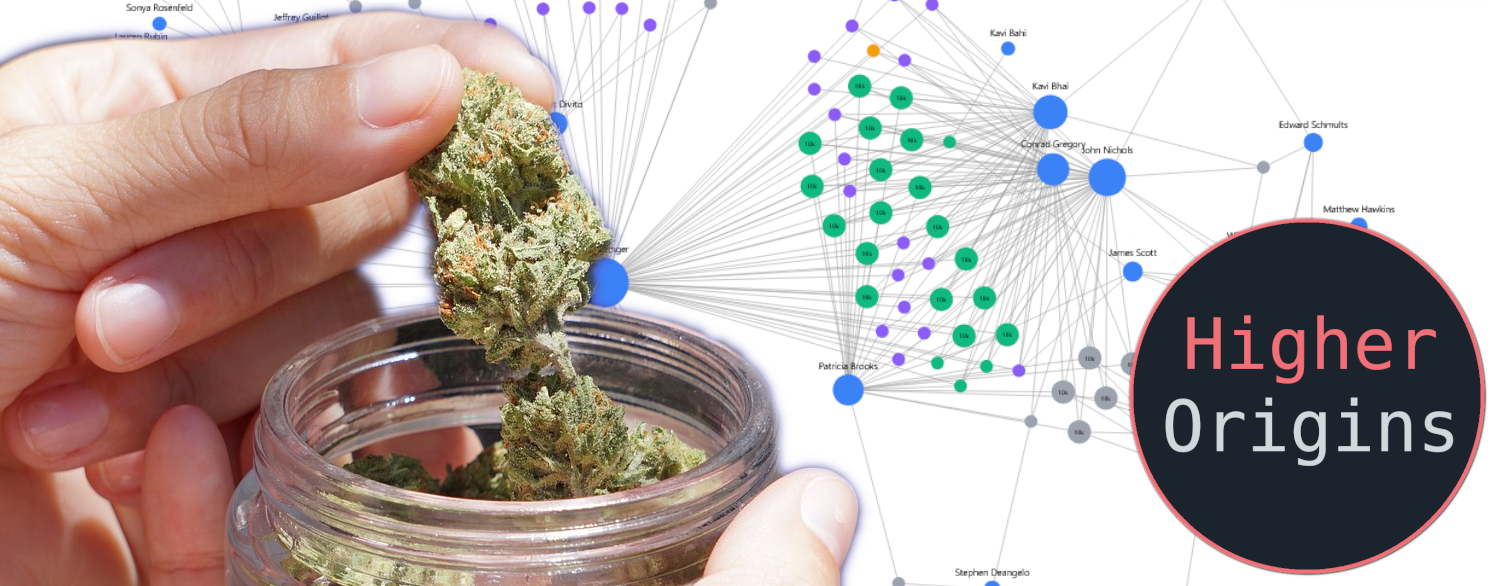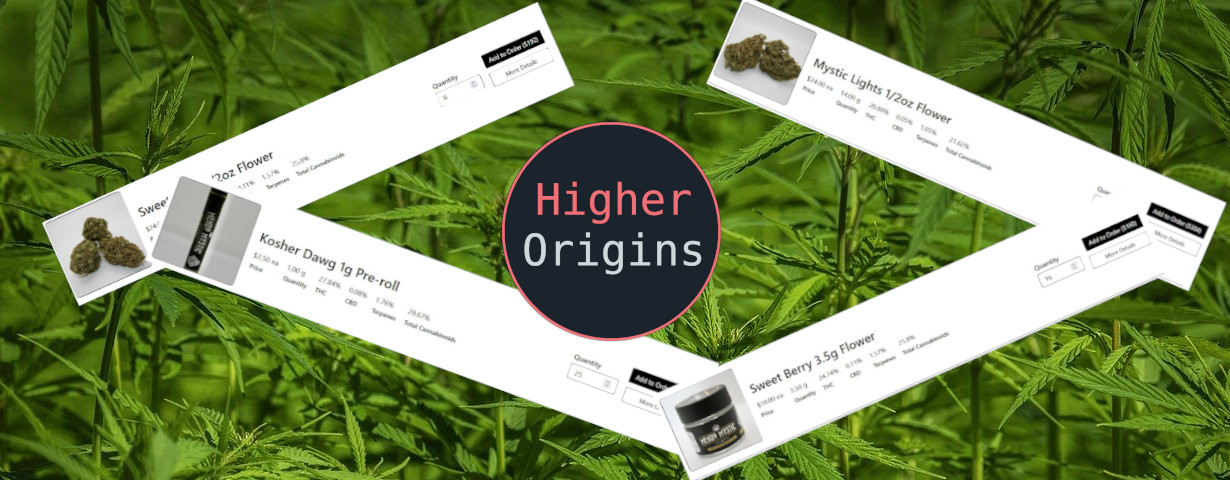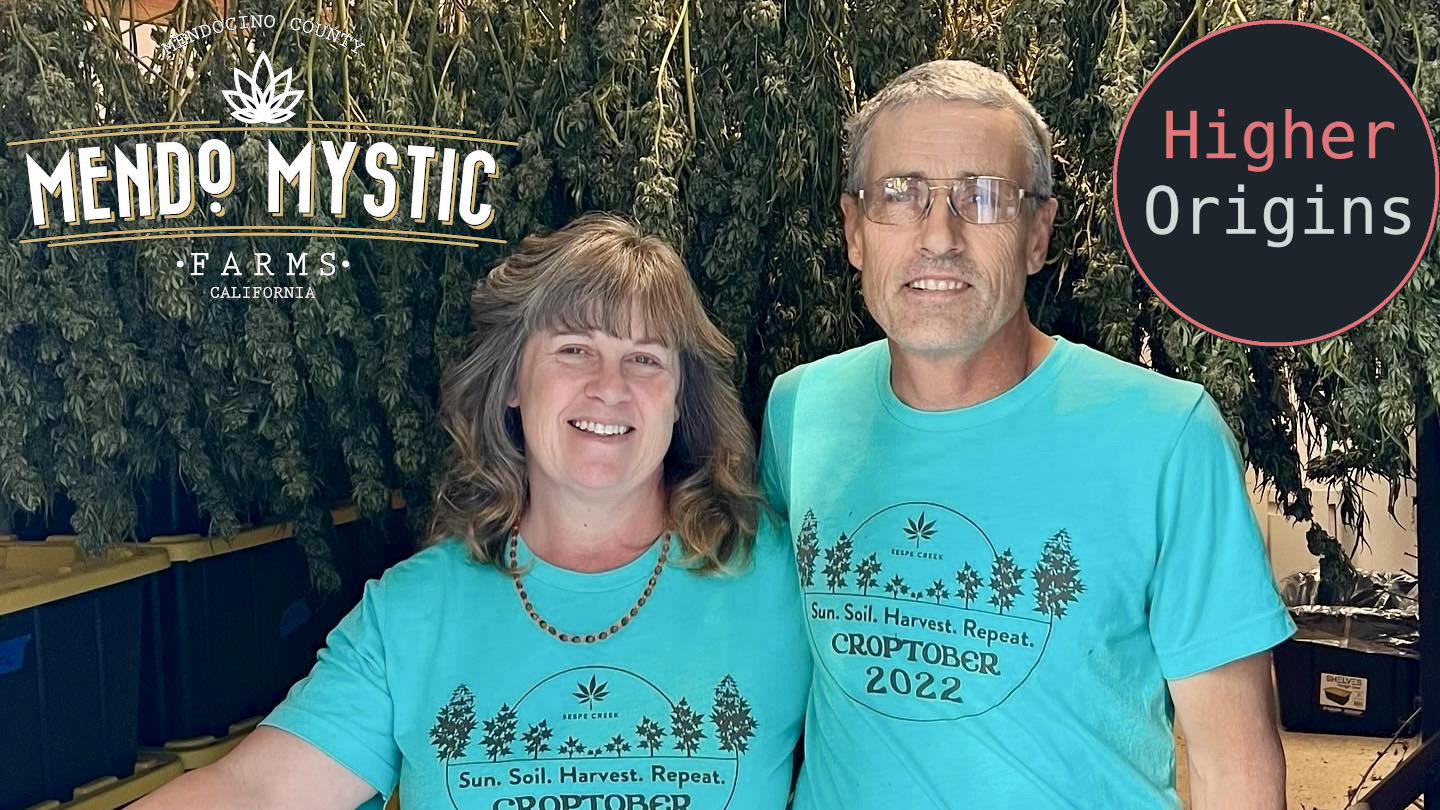*This article updated 2/28/19 to include a disclaimer regarding our specific focus on the Harvest Dashboard
Recently, the California Department of Cannabis Control released a data dashboard, which displays top-line values and visualizations of cannabis market data derived from the State mandated METRC track-and-trace software. The data is divided into four different reports: Harvesting, Licensing, Sales Price, and Sales Revenue. Likewise, there is a Glossary that defines the information. The data is displayed in a Tableau Public window. This allows for slightly more in-depth analysis of the information. The interface is really poorly optimized for mobile so to reduce headaches we recommend viewing on a computer. Here’s how to inspect the data, since it’s not very clear:

One item of note is the disclaimer plastered across the top of the glossary: “The information contained in the accompanying tabs was derived from data entered into the California Cannabis Track-and-Trace system by licensed cannabis businesses. The Department does not make any warranties or guarantees regarding the accuracy of the source data.” This disclaimer really is needed, because the data doesn’t stand up to more than about 10 seconds of informed scrutiny.
That said, we must add our own disclaimer. The bulk of our focus at Higher Origins to date has focused on upstream parts of the cannabis supply chain: growing, harvesting, and packaging. While we do work with retailers, we have significantly less deep knowledge and analytics experience with pricing and retail trends. As a result, the examples we focus on here are only from the Harvest dashboard, because that's what we know. We leave price and retail analysis to those more qualified.
Here are a few of the most egregious examples:
This data does not account for outliers and has not been normalized. Let’s look at the Harvest report for an example. We can see that the Q3 moisture loss in the Indoor category has a massive spike. Looking at the Tableau insights for this data point, we see that there is a specific outlier of over 21.7 million pounds. Further exploring this point indicates that it was recorded on July 10, 2020, in Los Angeles county. There is also a corresponding
massive wet weight outlier on the same date, and a similar outlier in the wet and waste weight for Mixed Light in Q3. Clearly, this is inaccurate, and indicates that the data hasn’t been cleaned or normalized.

The data is out of date. Data sets only go from 2020 to halfway through 2023. Why is there such a delay? Additionally, the footnote on the data says that the last update was on 11/03/2023, likely the first data upload they did when they launched the system. This suggests that they either didn’t have access to the second half of 2023’s data, or aren’t willing to share it. The state is perfectly capable of displaying up to date data streams, on their site and through this Tableau based system, as shown by their data dashboard on license counts and their Combined License Search. Likewise, METRC data is contractually obligated to be easily accessed through the state’s Accela data management system, so we know that they have it and can access it. What’s so different about this more recent METRC data that they can’t have it up to date?

There are blatant inaccuracies that don’t make sense in the data. A clear example of this is the moisture loss data for San Joaquin county in the County Level Harvest Report. To be clear, San Joaquin has a cultivation market with license counts in the single digits. For the 2022 year, San Joaquin lists NEGATIVE moisture loss of over 34,000lbs. How is negative moisture loss possible, within the normal processing of cannabis? Are people in San Joaquin county soaking their weed while it’s hanging in the drying room? This is an obvious red flag.

The data cannot be downloaded in a workable format to be analyzed further. There is no link or other option to download or export this information, unlike the California Unified License Search. Giving us blatantly inaccurate graphs and nothing else doesn't tell the whole story. If transparency was the goal behind the creation of this dashboard, then it has only raised more questions than answers by teasing us with poor data that we can't even analyze.
We could go on and list many more blatant examples of how bad this data is, but the point has been made. Clearly, the DCC isn’t bringing in clear data. METRC doesn’t do data validation- it doesn’t check if values are logical, or prevent users from entering ridiculous numbers. It’s a classic case of Garbage In, Garbage Out. In a previous article we talked about how the DCC wanted to “Develop meaningful regulatory policies that are informed by data, science, and partner input.” -their words exactly. How, we ask, can the DCC make good policy when informed by uncontrolled data? Science is peer reviewed, if they won't let us review the data behind these insights (which our tax dollars paid for!) they're not really approaching this scientifically. We’re not sure if we qualify as a “Partner” to the DCC, but our input is “Get rid of METRC and make decisions based on economic reality”! For more passionate and well informed ranting about METRC, check out our article on why California should drop METRC altogether.
The worst part is that they know this, and we know it, and they know we know it, but there’s just nobody on their end owning up to the fact that they’ve squandered millions of dollars of money that could have gone to uplifting Californians on an effectively worthless software. We can only wonder how long this charade can be maintained.
In Jah we trust, all others bring data
-The Higher Origins Team
